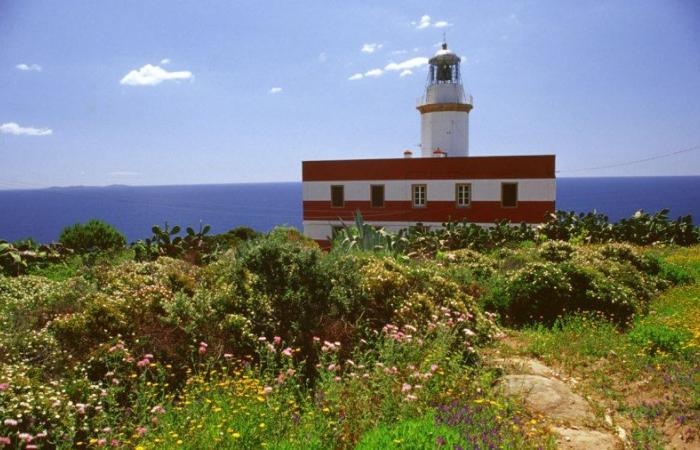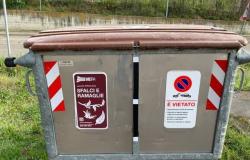
The Legambiente-CNR report presented. In the Tuscan Archipelago, the critical points are low separate waste collection and too many private cars.
Editorial board
June 18, 2024
The ecological transition of the smaller islands is proceeding slowly. This is what emerges from VI Report: Sustainable Islands 2024 written by Legambiente and the Air Pollution Institute of the National Research Council (CNR-IIA) And presented today in Palermo.
The report analyzes the environmental performance of 26 small islands based on data relating to land consumption, waste and water resource management, development of renewables, mobility and protected natural areas. The result is a sustainability coefficient which at a national level stands at an average of 46%.
The Tuscan islands, like Giglio and Capraia, they hador a good placement despite – according to the authors of the report – there is still a lot to do in terms of sustainability. In particular the island of Giglio has a sustainability coefficient of 57%, much higher than the national average, which stands at 46%.
Each of the Tuscan islands analyzed has gods strengths, ranging from the presence of both marine and terrestrial protected areas, as in the case of Capraia or Elba, to good water management performance and reduction of network losses such as the Giglio Island. Waste reduction on the Island of Elba was also good, decreasing from the pre-pandemic period by 16% in Porto Azzurro and 15% in Rio respectively. Particularly positive reduction of dry waste in Porto Azzurro (Elba island) which records between 2019 and 2022 a national record with – 61%.
Painful notes instead for separate waste collection also on the Island of Giglio, where the percentage is stuck at 31%, bringing up the rear of the smaller Italian islands. Things aren’t any better on the security front mobilitythat sees Capraia bringing up the rear among the busiest islands with 73 cars per 100 inhabitants and the island of Elba with 72 cars per 100 inhabitants.
As regards the renewable energy well Capraia, to date the only minor island to have invested massively in non-fossil sources: energy production is in fact entirely a biodieselwith vegetable fuel obtained from oils deriving from the cultivation of rapeseed and soya.
Still on the subject of renewables, the Municipality of Marciana Marina has joined the “BECome” project of Legambiente, AzzeroCO2 and KyotoClub for the creation of a Renewable Energy Community.
Finally, according to the Sustainable Islands report, there are four practical actions to be implemented at a national level to improve sustainability indices. Establish a csingle directorial team at the Ministry of the Environment and Energy Security to improve and support territorial governance, draw up one Road map that accompanies small islands to be 100% renewable by 2050. They are also necessary adaptation policies to the climate crisis starting from an action plan for urban regeneration and a single coordination on the management of PNRR funds focusing first and foremost on waste reduction.



